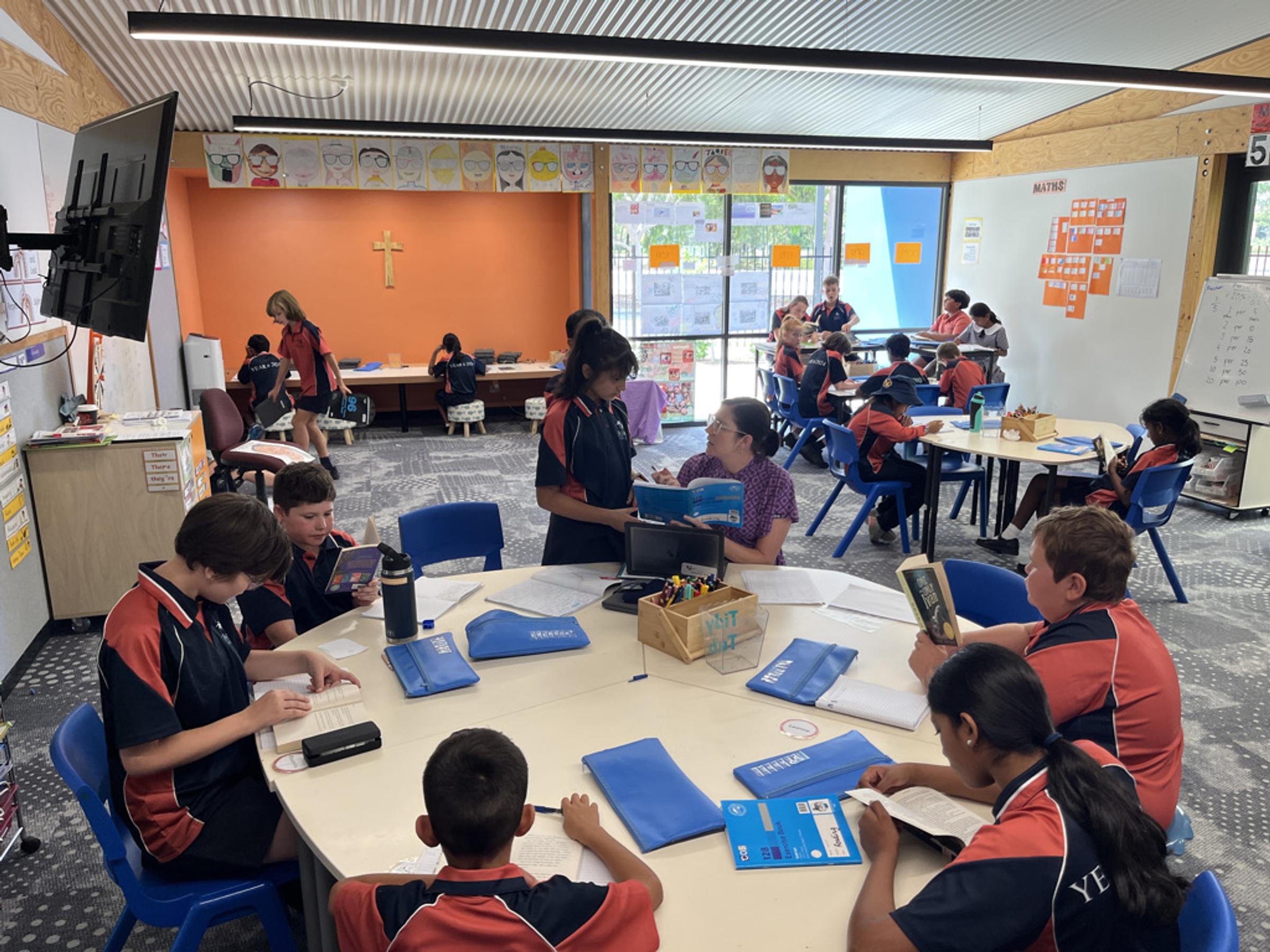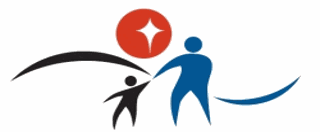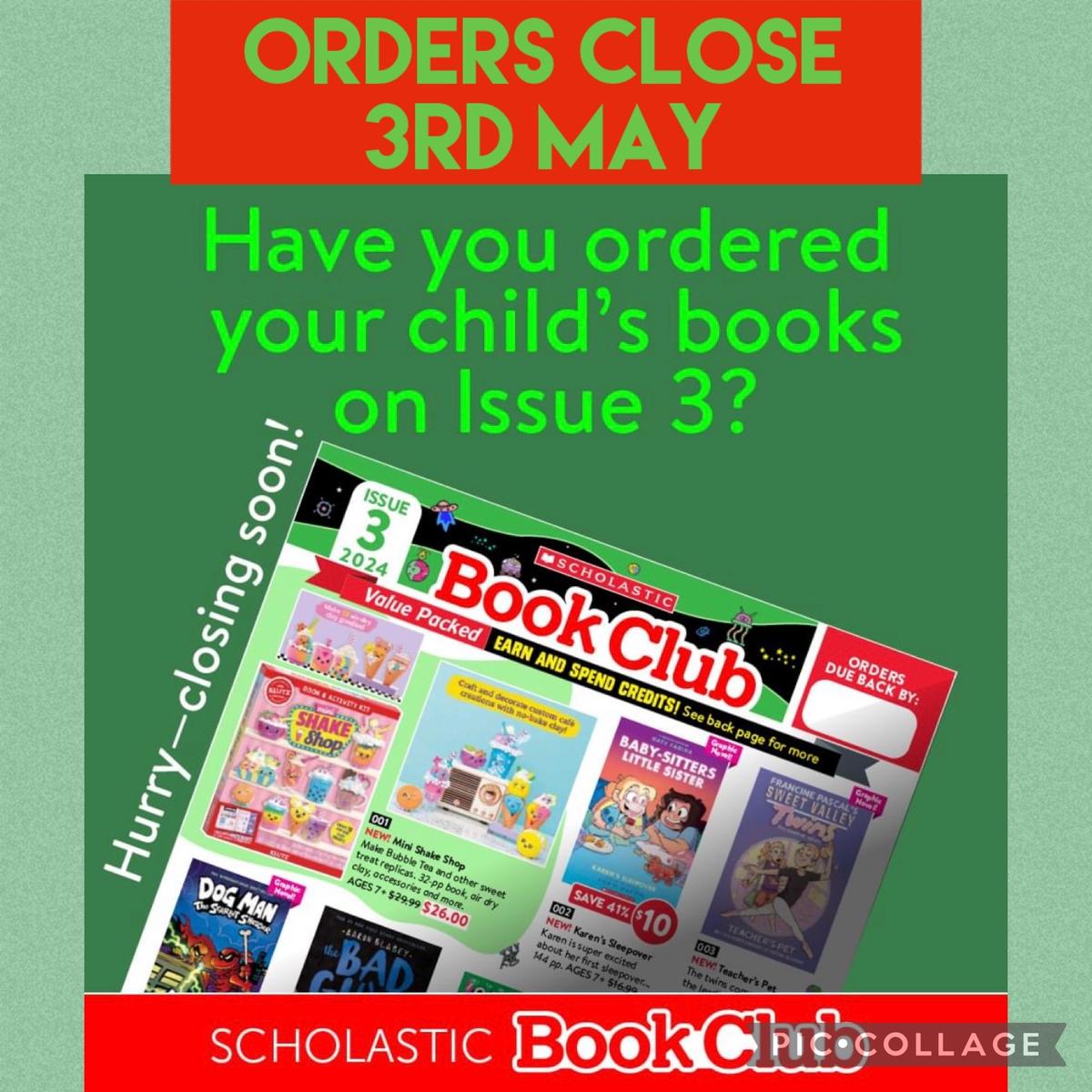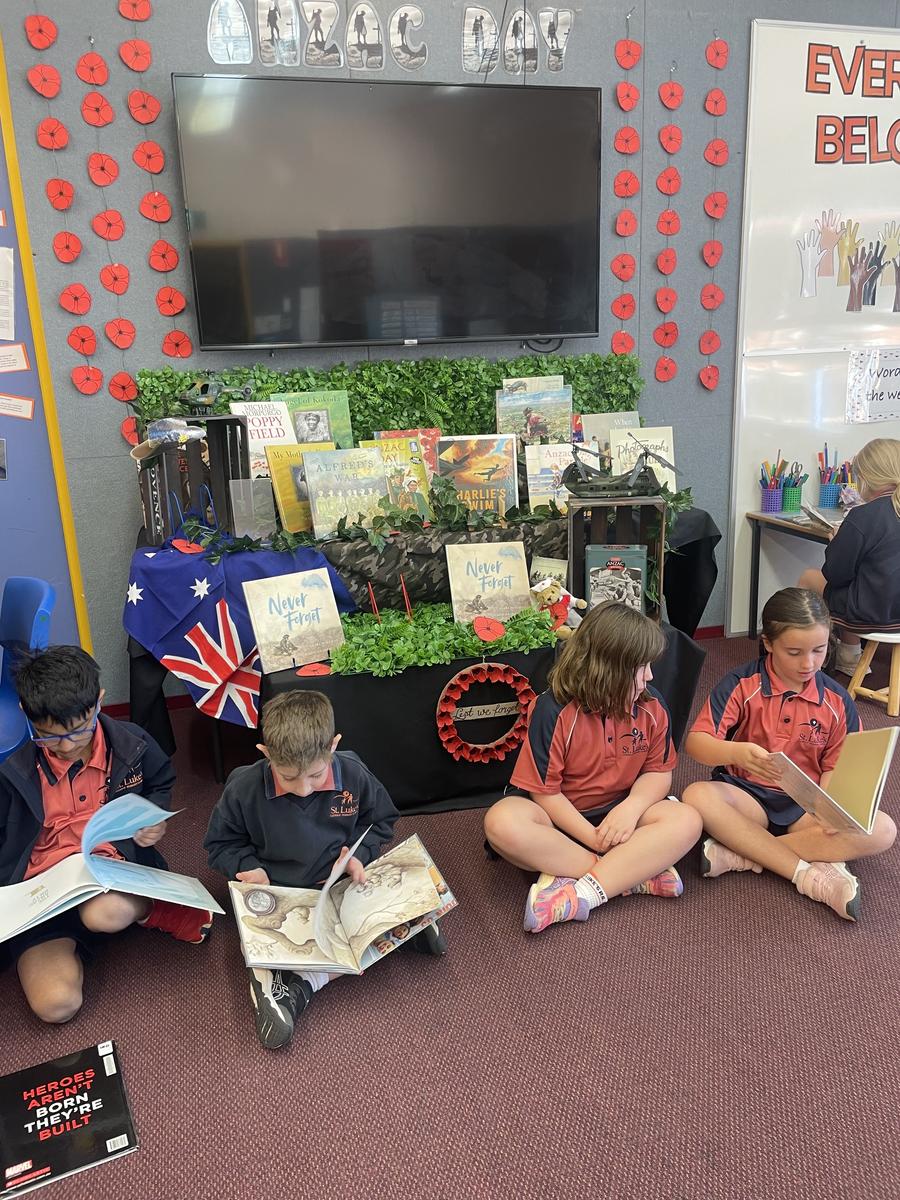Learning Enhancement

HIT #3
Term 2 is well underway, with a schoolwide focus on literacy, numeracy, geography and history. As educators, we strive to create enriching and supportive learning environments where every child can thrive academically and personally.
In pursuit of this goal, we can use various teaching strategies. You may have heard of play-based learning, inquiry learning, reciprocal teaching, project-based learning, self-directed learning… and they all have merit in particular learning settings. Play-based learning, for example, allows younger students to explore materials and their environment, while learning personal and social skills as they ‘play’ with others. The play-based learning is however, planned, directed and overseen by a skilled teacher. The inquiry model is often used in the humanities, where students can make choices about narrowing the focus of the broader topic, after teacher input and skills-based instruction. They use questions to direct their research.
The teaching strategy with the highest impact is explicit instruction. Explicit teaching involves clearly and directly guiding students through new concepts, skills, and strategies, leaving no room for confusion. Through this approach, students receive structured, systematic, and targeted instruction that aims to build a solid foundation of knowledge and understanding. Explicit teaching empowers students to grasp complex ideas effectively, fostering confidence and independence in their learning journey.
Explicit instruction is demonstrated when the teacher:
• explains what students need to know and be able to do by the end of the lesson or unit
• uses worked examples to show students how to do something
• allows students sufficient time to practice what they have learned
• guides student practice by monitoring their work and providing help when it is needed
• reinforces the main points at the end of the lesson and encourages students to share their successes and challenges.
Explicit instruction is demonstrated when students:
• understand the learning goals and success criteria
• have access to multiple examples before undertaking the learning task
• master the new knowledge and skills before moving on
• receive timely and specific feedback.
Explicit instruction is inclusive. Using learning goals for each lesson breaks big concepts and skills into smaller steps. It is student-focused, meeting students where they are at. Instruction is differentiated to cater for all students through changes in accessible content, follow-up questions, modelled examples, and the amount of support or extension given. Students interact with peers (knowledgeable others, or just someone to do a ‘think aloud’ with) and the teacher throughout the lesson to get the most out of their learning.
Regards
Jen McKillop, Eloise Liddell and Jess Moodie
Library
Issue 3 Scholastic BookClub closes on FRIDAY 3rd MAY. Order from this Issue and get a $5 credit to spend on Issue 4. Remember that all payments are to be made online via Loop. To make payments visit scholastic.com.au/LOOP or download the LOOP app. If assistance is required with this please let us know so we can help you. Every order earns FREE books and learning resources for our school.
ICAS Letter





